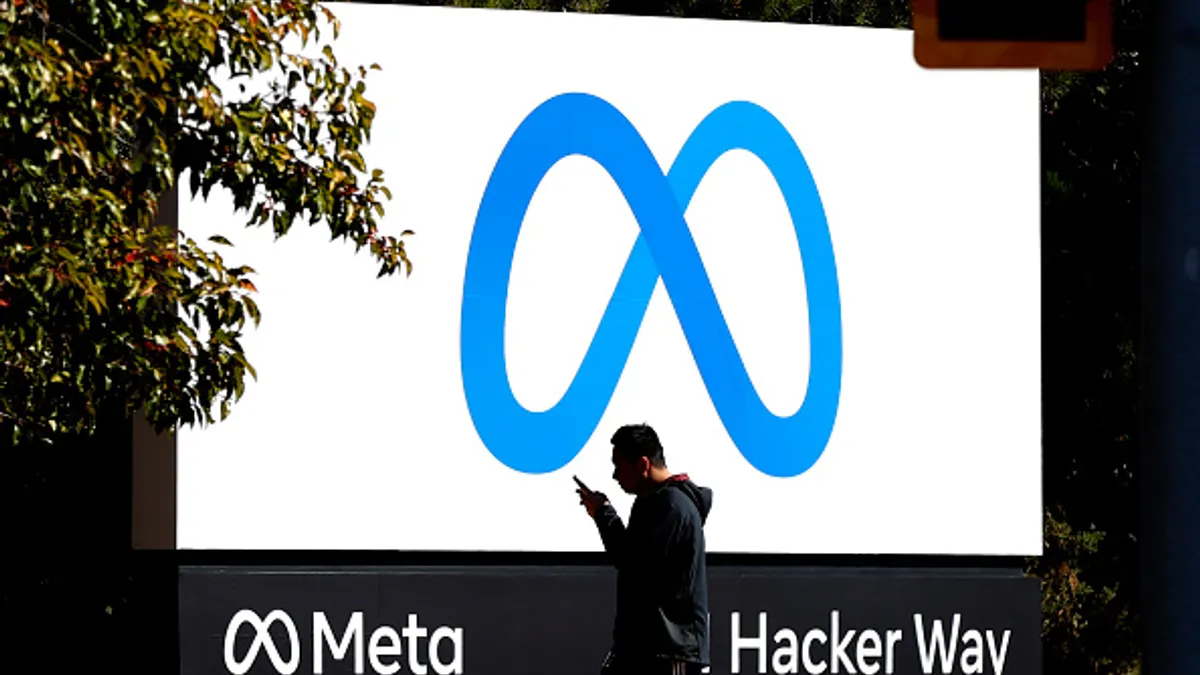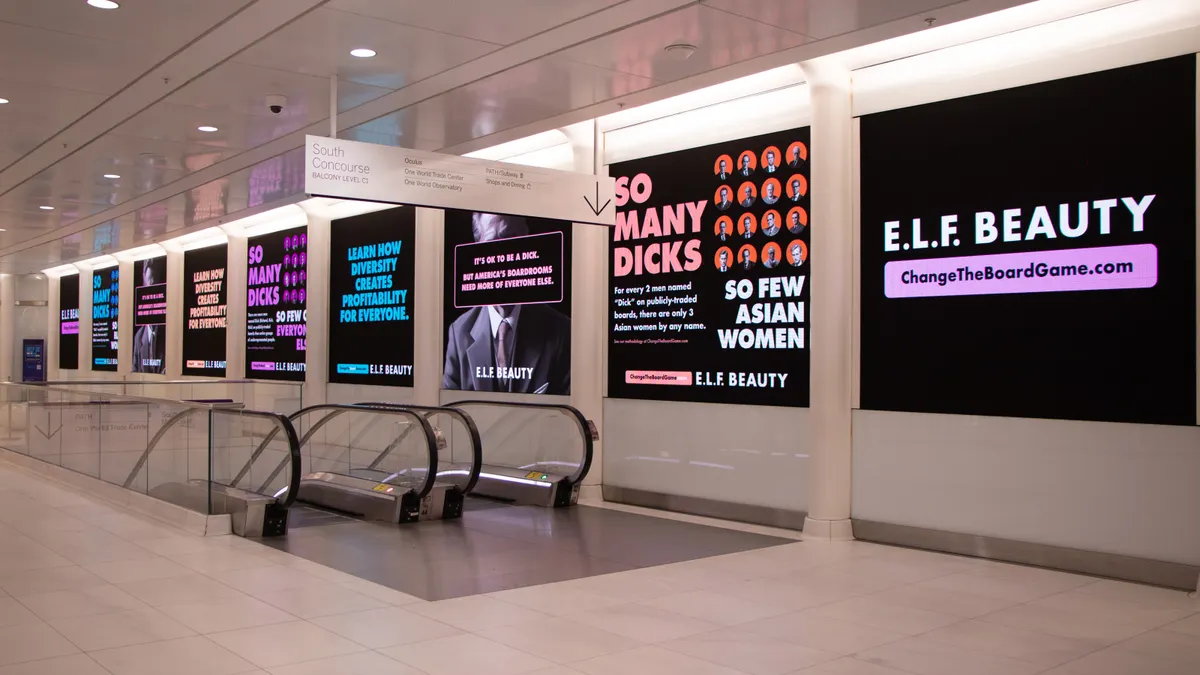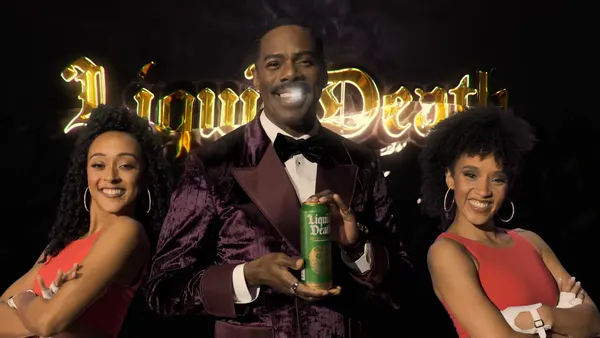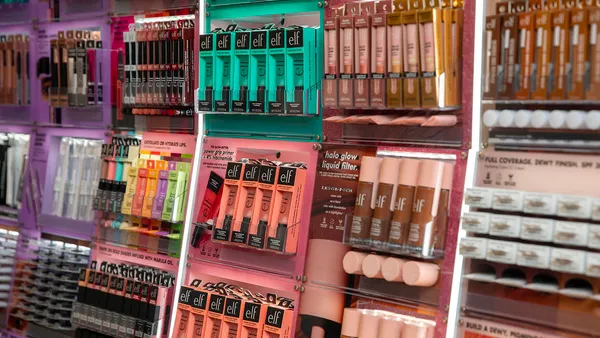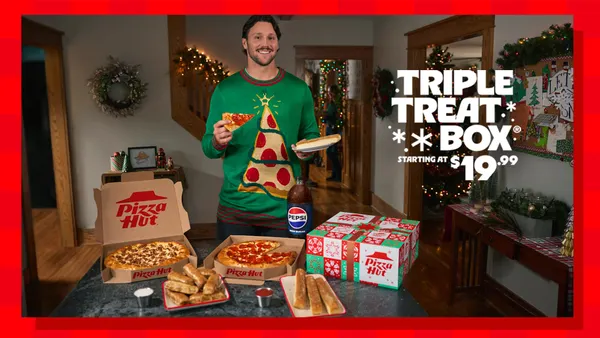Economic uncertainty is pushing marketers to prioritize performance channels and results, even if that means sacrificing brand safety in the process, according to research from Advertiser Perceptions. While 71% of marketing professionals say they are adopting brand safety approaches this year to combat disinformation and support credible journalism, that figure is seven points lower than 2024.
Further, 21% of marketing executives have no plans to align marketing efforts with any social issues, up five points from 2024. Seventy percent agree that advertising in a legitimate news environment has a positive or neutral impact on the vast majority of consumers, a five-point drop from the year-ago period.
“What we see from advertisers is they go with what they know,” said Stuart Schneiderman, executive vice president of business intelligence at Advertiser Perceptions.
Advertiser Perceptions’ “Trust in Advertising” report includes responses from 300 members of the company’s priority Ad Pros community. The online survey was administered between Feb. 3 and Feb. 8 to U.S.-based professionals who work at agencies or brands with a minimum advertising spend of $1 million over the course of the year. Sixty percent of respondents worked for agencies, while 40% came from the brand or marketer side. Approximately 30 different product and service categories were represented.
Safety second
While marketers this year appear more lax, that doesn’t mean they have abandoned brand safety altogether. It remains one of the top reasons marketers pull back on spending, tying for the top spot with subpar campaign performance (41%). The reputation of a media company was another major reason advertisers decided to cut spending (38%).
Marketers don’t want to intentionally put their brands at risk. However, a little risk may be necessary in the quest for optimization. Of survey respondents with an explicit made-for-advertising (MFA) website policy, 33% believe it is okay to include them in buys in order to extend reach and boost metrics. Only 19% believe MFA spending should be reduced to zero and 47% aim to minimize the sites.
Maintaining a manual exclusion list can be expensive and time consuming. Only 12% of survey respondents are advertising on a manually selected inclusion list in 2025, down from 16% in 2024.
Updating exclusion lists could be a task which falls to artificial intelligence, according to Schneiderman.
“Where do you not want to advertise and be purposeful [about] not putting your brand at risk? That’s really important,” said Schneiderman. “[Manual exclusion lists are] a heavy lift and unless you can really quantify the return on that effort, that’s hard to continue to do over time.”
Risk-free business
In many cases, advertising on brand-safe platforms is the most effective choice, according to Schneiderman. Social media companies rely on advertising as a significant revenue source. Approximately 98% of Meta’s sales comes from advertising, incentivizing the company to make its platforms advertiser friendly.
While the full effect of switching to community notes over traditional fact-checking processes have yet to be seen, 43% of marketers said the switch would have no impact on their future spending. About a quarter of those surveyed said community notes would have a negative impact on their advertising spend, and 15% indicated they plan on increasing their spending. Only 5% plan on halting their spending all together.
“There is a halo effect for those advertisers,” said Schneiderman. “Consumers are more likely to trust the brands that advertise on the media channels they trust and the platforms they trust.”



